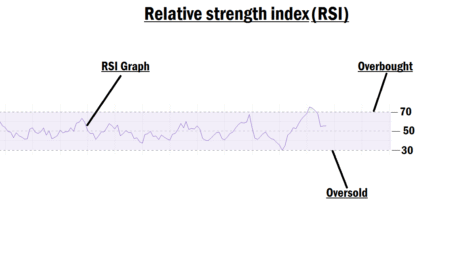Understanding What Margin Is in the Forex Market
In today’s lesson, we’ll take a deeper dive into the concept of margin in forex trading, one of the core foundational metrics that every beginner trader must fully understand.
While we’ve touched on margin in previous lessons, it’s such a vital topic that it deserves its own dedicated session. Understanding what margin is and how it works is essential for managing risk and making smart trading decisions in the forex market.
What Is Margin in Forex?
In simple terms, margin refers to the percentage of your account balance that your broker requires to open and maintain a larger position in the forex market. Think of it as a good faith deposit or collateral that allows you to control a significantly larger trade with a smaller capital outlay.
For example, let’s say you want to open a $100,000 position on the GBP/USD pair, but you don’t have that much in your account. The broker might only require you to maintain 1% of that amount, which is $1,000, to open and hold the trade. That $1,000 is what’s referred to as margin.
Once you open the position, your profit or loss will be reflected in your account balance. However, to keep the $100,000 position active, your account must maintain a margin level of at least $1,000. If it falls below the $1000 margin level, you’ll receive a margin call, and if you don’t deposit additional funds, the broker may close your trade automatically to prevent further losses.
What Is Margin Requirement in Forex?
Margin requirement is the percentage of the full trade value (also called Notional Value) that a broker requires you to deposit as collateral. This is usually expressed as a percentage, ranging from 0.25% to 10%, depending on the broker and the currency pair involved.
So, to open a $100,000 position, a margin requirement of 1% would mean you need just $1,000 available in your account, not your total account balance.
What Is Required Margin in Forex?
Required margin is the actual amount you must have in your account to open and maintain a leveraged position. It’s the broker’s way of ensuring you have enough funds to cover potential losses. If the trade is profitable, there’s nothing to worry about, but if it goes south, the margin acts as a protective buffer.
You may also hear required margin referred to as:
- Initial Margin
- Deposit Margin
- Entry Margin
Let’s make it even clearer:
Without leverage, if you want to open a $100,000 trade, you must have the full $100,000 in your account. But with a 1% margin requirement, you only need $1,000 to control that same position.
Real Example:
You spot a good sell setup on GBP/USD and decide to trade one standard lot (100,000 units) worth $100,000. If your broker’s margin requirement is 1%, you only need $1,000 to open the position. Even if your total account balance is $2,000, the broker is mainly concerned with the required margin.
If your balance drops below that $1,000 due to floating losses, you risk receiving a margin call and possibly having your trade closed automatically if you don’t act fast.
Another example: You want to go long on GBP/USD at an exchange rate of 1.5000. The notional value is $150,000. With a 1% margin requirement, the required margin is $1,500.
How to Calculate Required Margin in Forex
The required margin is calculated as a percentage of the trade’s notional value. It tells you exactly how much of your capital is needed to open and maintain a position.
Basic Formula:
Required Margin = Notional Value / Leverage
For instance. If your Notional Value is $100,000 and your leverage is 1:200, your required margin = $100,000 / 200, which is = $500. So, your required margin, in this case, is $500.
Quick Definition: Notional Value
The notional value represents the total value of your trade position in your account’s base currency.
Example:
If your account is in USD and you buy 10,000 units of GBP at an exchange rate of 1.2000:
10,000 × 1.2000 = $12,000
It means the notional value of the trade is $12,000.
Special Note on Currency Conversion
If your account currency is different from the base currency of the pair you’re trading, then the required margin needs to be converted using the appropriate exchange rate.
Adjusted Formula:
Required Margin = Notional Value / Leverage × Exchange Rate (Base Currency vs Account Currency)
Final Thoughts
Understanding margin is key to long-term success in forex. It’s not just about having a big trading capital. It’s about how well you understand risk, leverage, and position sizing.
Knowledge is your true capital in forex trading.
In the next lesson, we’ll explore “Used Margin” in more detail.
See you there, champ!









